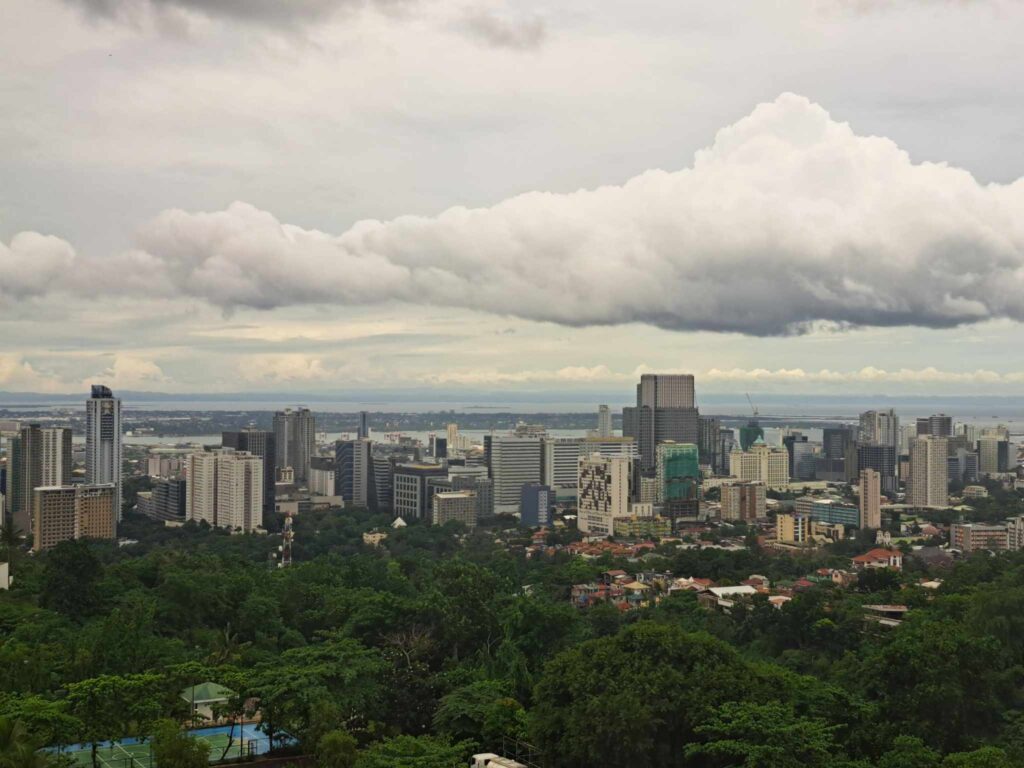The Philippine economy grew by 6.3 percent in the second quarter, thanks to increased government spending and strong investments, which helped counter the effects of high consumer prices on household spending.
This growth is an improvement from the 5.8 percent seen in the first quarter and is the fastest in the last four quarters.
This brought average first semester GDP growth to 6 percent, well within the government’s 6- to 7-percent target for the year. It also surpassed the 6-percent average forecast in an Inquirer poll of 11 economists conducted last week.
READ: PH GDP growth likely sped up to 6% in Q2
“This performance keeps our position as one of Asia’s best-performing major emerging economies,” National Economic and Development Authority Secretary Arsenio Balisacan said during a press briefing on Thursday.
The country’s growth rate outpaced Indonesia’s 5.05 percent, China’s 4.7 percent and Malaysia’s 5.8 percent. It only fell behind Vietnam’s 6.9 percent.
This was as government spending surged by 10.7 percent from 1.7 percent in the previous quarter and bounced back from the 7.1-percent decline last year.
Balisacan attributed the significant increase of state expenditure to the rollout and improved coverage of various social protection, health and education programs, as well as preparations for the election next year.
The Philippine Statistics Authority (PSA) reported that industry and services had gained by 7.7 percent and 6.8 percent year-on-year in the second quarter. On the other hand, agriculture, forestry and fishing fell by 2.3 percent, battered by the El Niño dry spell phenomenon.
According to the PSA, the main contributors to overall growth were: construction, up 16 percent; wholesale and retail trade as well as repair of motor vehicles and motorcycles, which grew by 5.8 percent; and financial and insurance activities, which expanded by 8.2 percent.
Meanwhile, seasonally adjusted GDP grew by 0.5 percent from the previous quarter, softer than the 1.1-percent expansion previously.
Consumers under pressure
In terms of demand, household spending grew by 4.6 percent, slower than the 5.5-percent growth in the April-to-June period a year ago—the most sluggish seen postpandemic.
Balisacan said that high inflation and interest rates had taken a heavy toll on consumers and would likely continue to bite for the rest of the year.
“Keeping food inflation and interest rates manageable is expected to spur both consumption and investment activity among households and businesses, strengthening our economic growth prospects in the coming months and the medium term,” Balisacan said.
Inflation in July accelerated to 4.4 percent, surpassing the government’s 2 to 4 percent target range for the first time this year.
Meanwhile, the key policy interest rate of the Bangko Sentral ng Pilipinas remains at a 17-year high of 6.5 percent.
“The latest data suggest that after a year of resilience amid tight monetary policy and high inflation, domestic demand has now come under pressure and we expect this weakness to persist in the near term,” said Shivaan Tandon, economist at Capital Economics.
But notably, gross capital formation, the investment component of the economy, accelerated by 11.5 percent from 0.5 percent.
Balisacan said a rate cut this year could boost spending.
“We need to continue focusing on investments…and ensuring that investments grow rapidly, massively to create those high-quality jobs. We are encouraged that from the point of view of construction, that is doing very well, both in the public and in the private sector. So the other parts of the economy, other investing sectors of the economy, particularly manufacturing, would have to speed up,” he said.
Gross national income, the sum of the country’s GDP and net income received from overseas, grew at a slower pace of 7.9 percent from 9.8 percent in the first quarter and 8.6 percent a year ago.


